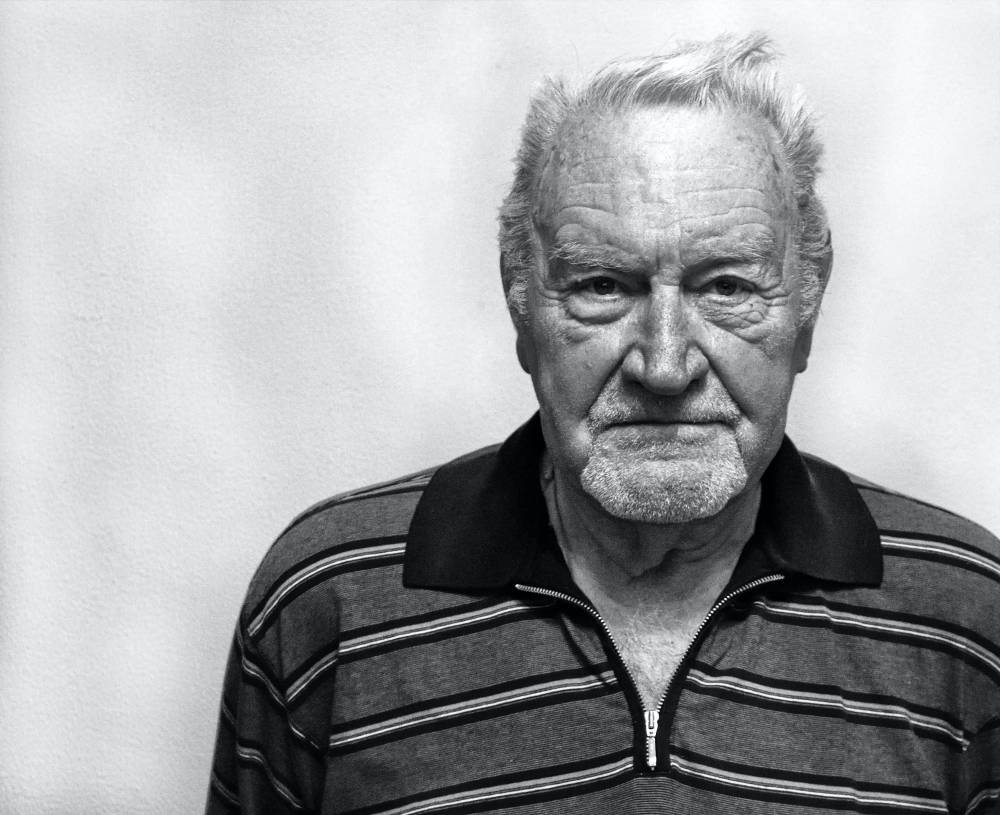
Scott Morrison finds himself besieged on two fronts in the political war over aged care.
The royal commissioners inquiring into the sector have made their second sortie within days into the debate, while Labor, struggling for cut-through, has resorted to an assault with shades of that successful “Mediscare” campaign.
Releasing research undertaken by the University of Queensland, commissioners Tony Pagone and Lynelle Briggs said it suggested higher funding was needed for residential care to meet basic standards, and even more would be required to achieve high-quality care.
The commissioners said: “Australians expect that all are entitled to the best quality level of care in aged care homes. Additional funding will be needed to enable providers to meet those expectations consistently”.
The research divided facilities into three quality categories, using various criteria: 11% were in the best group, 78% in the middle, and 11% in the worst group.
Those most likely to be in the best quality group were small-sized or government-owned facilities. The top group contained 41% of homes with up to 15 beds, but only 17% of those with 31-60 beds and 5% of those with more beds. The highest quality group contained 24% of government-owned facilities, 13% of not-for-profits, and only 4% of for-profit homes.
The problem with aged care being “for profit” is increasingly coming to the fore as the elephant in the room in the aged care debate.
Liberal backbencher Russell Broadbent told The Guardian this week, “Successive governments over 30 years have handed the care of people into the private sector, and that has been a mistake. Profit became more important than care. This [situation in Victoria] was a disaster waiting to happen.”
Peter Baume, a facilitator in medicine at the University of New South Wales and a former federal Liberal minister (including very briefly health minister), also says it was a mistake to privatise aged care.
“Private providers who operate for profit too often have scarce regard for the welfare and needs of old people, ” Baume told The Conversation.
“We now have a hierarchy of care. ‘For profit’ homes are sometimes awful. Food is poor, personal care is poor, provision of support is minimal, recent television footage has shown how some old people are abused, infections spread like wildfire.
”‘Not for profit’ homes are better. More money is available for food and for wages”.
As Scott Morrison contemplates how much extra he is going to have to spend on aged care in the coming couple of budgets, Labor’s attack has homed in on how much he allegedly cut in the past.
In the 2016 election Labor had great success with its Mediscare campaign – endlessly claiming what the Coalition would do to Medicare. Government denials were in vain. In Wednesday’s question time, the opposition applied a version of the same tactic, with the twist that it focused on the past rather than the future.
The opposition’s questions repeatedly insisted the government had cut $1.7 billion from aged care.
This number was based on two sources.
The 2015-16 mid-year budget update said the government “will achieve savings of $472.4 million over four years by refining the Aged Care Funding Instrument”. The 2016-17 budget said the government “will achieve efficiencies of $1.2 billion over four years through changes to the scoring matrix”.
Morrison rejected the Labor claim, and pointed to a RMIT ABC Fact Check (he couldn’t resist a snide reference to it being from the ABC). This examined the claim from then opposition leader Bill Shorten that Morrison had cut $1.2 billion from aged care in his first budget as treasurer.
The Fact Check concluded Shorten’s claim was “misleading”.
It said in 2016-17, Commonwealth funding for aged care was $17.4 billion – an increase of more than $1 billion over the previous year.
“The increase came despite a decision to pare $1.2 billion of ‘efficiencies’ over four years, largely by reducing the subsidies paid to aged care providers to tackle potential over-claiming and an unexpected cost blowout,” it said.
“Fact Check deems that an adjustment to future spending does not represent a ‘cut’ when the overall level of spending continues to rise.”
Though Morrison denied the “cut” every time it was raised, he knows this game as well as Labor does. It’s all about getting an impression across.
Unsurprisingly, aged care will be a major theme of Anthony Albanese’s Thursday National Press Club speech.
He will put forward “eight points the government could consider” to improve aged care. They are:
The $1.7 billion “cut” will likely get another run in the speech, not least because it is judged to have cut-through.
By Michelle Grattan, Professorial Fellow, University of Canberra.
This article is republished from The Conversation under a Creative Commons license. Read the original article.
Image: Candid Shots, Pexels.
The only reason the government put residential and now home care to the private sector is because they can’t do it. They can’t affordably run anything, they put a good system in place and it worked for 25 years.
The liberals refuse to acknowledge that their “efficiencies” took $2 billion dollars from the sector in 2015.
Its a pathetic and misleading attempt to hide the truth that the sector is and has been struggling financially for years. We didn’t need a royal commission to know that.
Any business wether it’s a coffee shop or a nursing home expects to make a profit and deliver a service. I don’t understand why people think differently.
The one thing I do know is that the Government has been well aware of the problems and they have failed their duty of care to provide adequate funding for the provision of services to the elderly